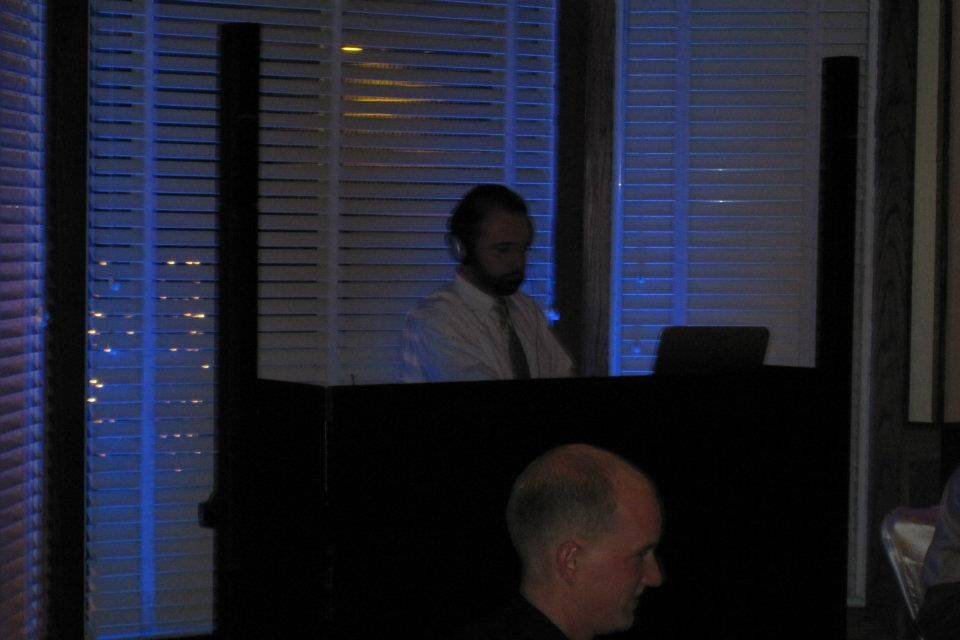Lighting plays a crucial part in video mapping because it sets the atmosphere and feel of the exhibit. Different illumination methods can evoke various emotions and reactions from the audience. For example, using soft, warm illumination can create a inviting environment, while bright, cold lights may create a more dynamic or intense effect. By thoughtfully choosing illumination hues and intensities, artists can manipulate how viewers interpret the projected images, leading to a more engaging experience. The equilibrium between projection luminance and ambient illumination is essential, as it can significantly affect the visibility and impact of the visuals.
In addition to, hue and intensity, the direction of illumination also influences the effectiveness of mapping. Lighting Recommended Site from different angles can generate shadows and accents that introduce depth to the projected images. This method, known as light and shadow, can improve the three-dimensionality of the objects being mapped. Additionally, using moving illumination can add energy to the display, making the experience more involving for the viewers. When the illumination interacts with the projected visuals, it can produce an illusion of movement and change, capturing the audience's attention.
Another essential element of lighting in mapping in the use of unique effects. Techniques such as patterned lighting, which employs shapes and forms to project light, can introduce depth and complexity to the projections. This approach allows artists to layer images and create visually stunning results that enhance the projection. Moreover, adding laser lights or light-emitting diode illumination can additionally improve the exhibit, providing a distinct blend of visual components that draw the audience in. These special effects, when used carefully, can transform the mapping into a basic show to an engaging piece of creativity.
In summary, the influence of illumination methods on motion projection is profound. By understanding how different lighting elements interact with mapped images, artists can produce enthralling encounters that connect with viewers. The thoughtful choosing of hue, brightness, direction, and special effects allows for a vivid canvas of visual storytelling. As technology click over here continues to grow, the options for creative expression in projection will only grow, making illumination an increasingly vital aspect in this progressive creative form.
